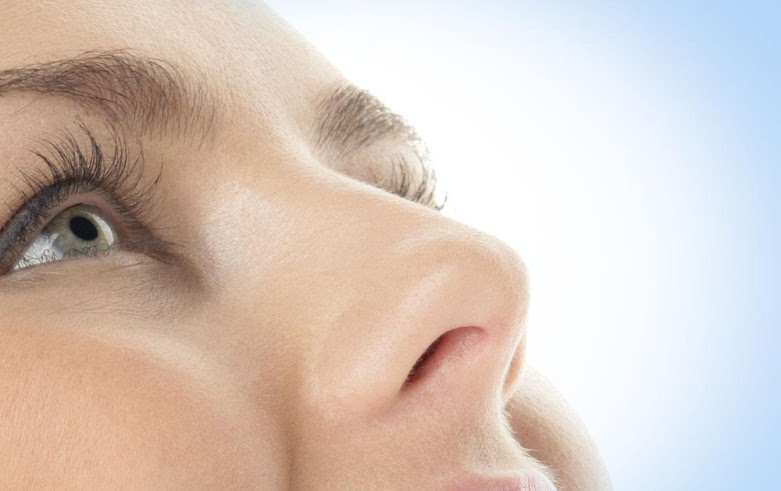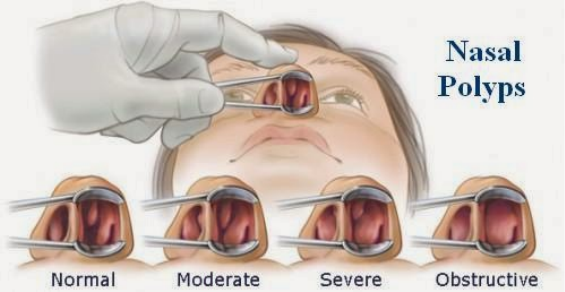What are Causes of Nasal Polyps ?
Chronic rhinosinusitis with nasal polyps (CRSwNP) affects about 4% of the European population.1 It is characterized by nasal obstruction, loss of smell, nasal secretions, and facial pressure. About 50% of these patients have comorbid asthma, aspirin-exacerbated respiratory disease, hypereosinophilia, or Churg-Strauss syndrome. Recurrence of the disease after surgery is high despite treatment with topical and oral glucocorticosteroids.
A growing amount of evidence linking local IgE production to inflammation in patients with Nasal Polyps can be seen in the literature. Previous studies showed that specific and total IgE concentrations are increased in nasal polyps compared with those in serum or nonpolyp mucosa, illustrating an association between increased total IgE level and eosinophilic inflammation.Further studies from independent groups also showed increased specific IgE levels in sinus tissue of patients with Nasal Polyps and greater IgE concentrations in the sinus mucosa of patients with Nasal Polyps. Additionally, immunohistology studies have demonstrated a large plasma cell population in nasal polyps, supporting the idea of local IgE- and IgG-producing plasma cells in nasal polyps.
In summary, the current study suggests that local IgE found in nasal polyp homogenates of allergic patients with Nasal Polyps are functional and regulated by local IgG antibodies. The capacity of IgG to regulate the IgE-mediated inflammatory response is due to the fact that IgG repertoires widely share targets with IgE repertoires.
Read more : Simple method to cure Nasal Polyp at home



Nhận xét
Đăng nhận xét